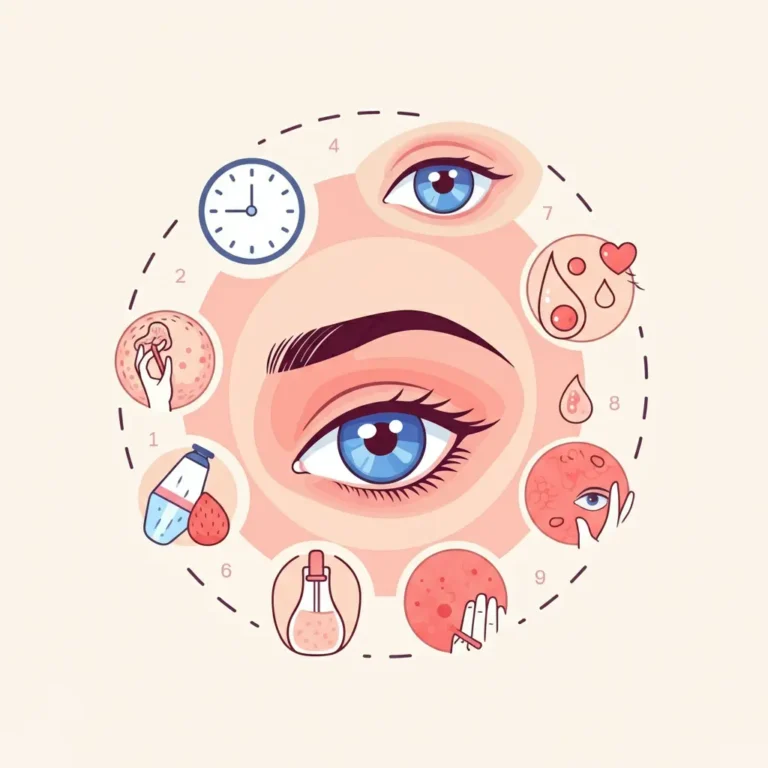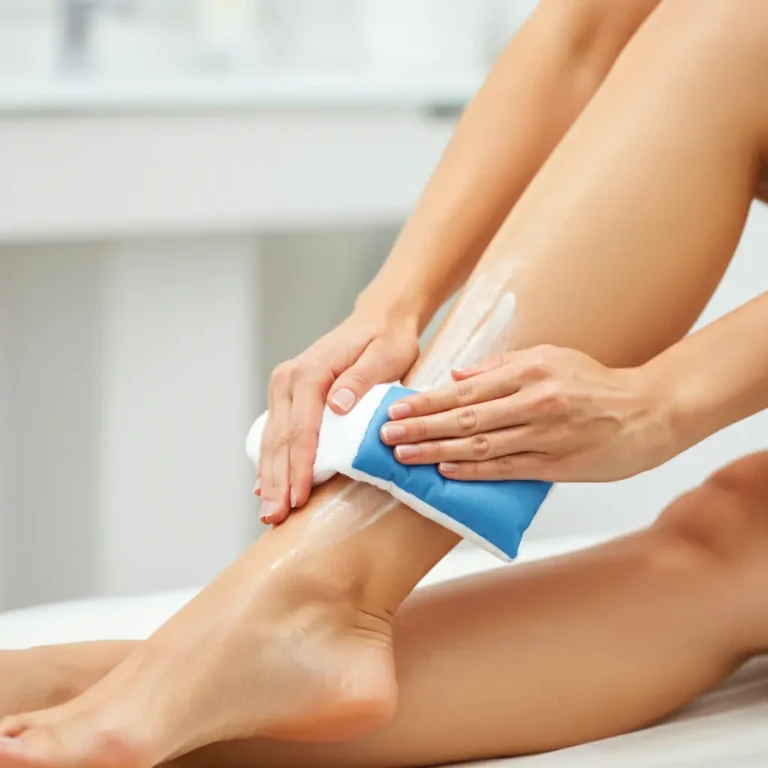How Long Does It Take to Train Bangs
Train Bangs are a bold and timeless hairstyle that can completely transform your look. However, bangs typically require some extra care, attention, and, most of all, training to sit and behave the way you want them to. Whether you’ve just decided to try out bangs for the first time or you’re struggling to get them under control, you’re probably wondering how long it will take before they start to cooperate.
This post will walk you through everything you need to know about training bangs, from how long it takes to how you can speed up the process. We’ll also answer some pressing questions about caring for train bangs, so by the end, you’ll feel equipped to tackle any styling challenge.
Table of Contents
What Does “Training Bangs” Actually Mean?
Training bangs refers to the process of getting them to “learn” their intended shape and direction. Our hair naturally falls in the direction of its growth pattern, and introducing a new style disrupts this. For train bangs, especially freshly cut ones, this means they may not immediately lie flat, hang evenly, or stay where they’re supposed to.
Training is about consistently guiding your train bangs to behave differently over time. This could involve using styling tools, applying products, or even changing how you part your hair.
How Long Does It Take to Train Bangs?
The amount of time it takes to train bangs varies depending on your hair type, texture, and styling routine. On average, it can take anywhere from a week to three weeks to consistently train bangs to fall into the desired position.
Hair with significant cowlicks can take longer to adjust, while straighter or more manageable hair may adapt quickly. The consistency of your styling efforts also plays a big role in how quickly you see results.
Suppose you’ve been diligent about training your bangs daily but still notice issues after a month. In that case, you may need to explore other solutions, such as professional help or hairstyling techniques that better suit your hair type.
How to Train Your Bangs Effectively
- Use a Blow Dryer Correctly
- After washing your hair, use a blow dryer with a round brush to shape your bangs. Dry them immediately after getting out of the shower, guiding them in the direction you want them to fall.
- Pin or Clip Your Bangs
- Pinning your bangs in the desired position for short periods during the day or overnight can help reinforce their new shape.
- Use a Styling Product
- Light gels, mousses, or creams can add hold and weight to keep your bangs in place. Avoid heavy products that can make bangs greasy.
- Train Them Daily
- Commitment is key! Whether it involves blow-drying, pinning, or brushing, make it part of your routine.
- Sleep Smart
- Use a silk or satin pillowcase to reduce friction while you sleep, preventing your bangs from becoming unruly.
- Practice Patience
- Bang training is a gradual process, so consistency and proper care are essential for long-term success.
How to Get Bangs to Stay in Place
Beyond daily training, there are a few tricks to ensure that your bangs stay put throughout the day. Hairspray can be a lifesaver but don’t overdo it. A small spritz can offer enough hold without making your bangs stiff. Applying a wax or pomade helps you manage flyaways and secure your bangs against your forehead.
Moreover, keep an eye on the weather. Sweating bangs could use some help in high humidity, so make use of anti-frizz products or a thin headband to keep them in place.
Dealing with Cowlicks and Unruly Bangs
Cowlicks are one of the top challenges when training bangs. They can cause parts of your fringe to stick up or veer off in strange directions.
To address cowlicks:
- Use the right tools. A combination of heat (blow dryer) and tension (round brush) is often enough to tame precision areas affected by cowlicks.
- Pin them down while they cool after blow-drying.
- Opt for heavier styling aids like pomades if needed.
Common Mistakes to Avoid While Training Bangs
- Skipping the Blow Dry
- If you don’t dry your bangs after washing them, they’ll dry naturally in their default pattern, undoing all your progress.
- Using Too Much Product
- Overloading your bangs with heavy creams or sprays will weigh them down and make them greasy.
- Not Protecting Them from Heat Damage
- Always use a heat protectant spray when styling with hot tools.
- Ignoring Professional Advice
- If you’re struggling to manage your bangs, schedule a consultation with a stylist who can give personalized tips.
How Long Does It Take for Train Bangs to Grow Out?
If your train bangs aren’t working, you might be thinking about growing them out. On average, bangs can take 3-6 months to fully grow beyond the face, depending on how fast your hair grows. This phase can be awkward, but you can use headbands, pins, or side-sweeping styles to make the process more manageable.
FAQs About Train Bangs
Can bangs work on every hair type?
Yes, but certain styles may work better for specific hair lengths and textures. Consult a stylist for advice tailored to your needs.
Should I cut bangs myself or see a stylist?
It’s always better to see a professional to ensure the style fits your face and avoids uneven lengths.
What’s the best way to keep bangs fresh?
Dry shampoo is essential for keeping bangs from looking greasy between washes. Regular trims also keep them neat.
Are there bangs that require less maintenance?
Yes, curtain bangs or side-swept bangs tend to be lower maintenance compared to blunt or micro-bangs.
Why won’t my bangs stay flat?
The reason could be your natural hair growth pattern or cowlicks. Address these issues with styling tools like blow dryers and brushes.
Final Styling Tips for Perfect Bangs
While training bangs may require a bit of time and effort, it will certainly be worth it as they will beautifully highlight your facial features. Treat your hair delicately, and don’t be shy to seek help if you’re finding it hard. Bangs are not just a hairstyle; they are a statement of individuality. With that said, enjoy experimenting with different hairstyles until you find what works best for you.







